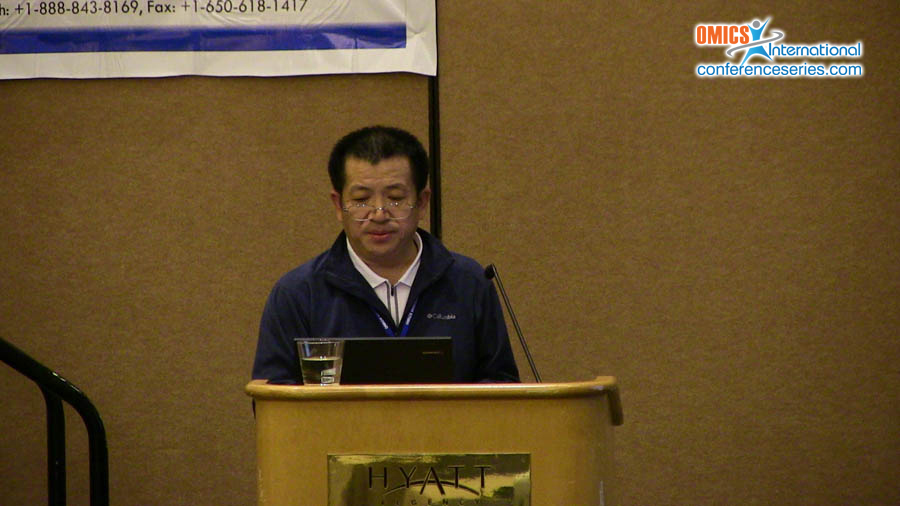
Junhua Dong
Chinese Academy of Sciences, China
Title: Atmospheric corrosion monitoring and modeling of a low alloy steel under an electrolyte film in cyclic wet–dry condition
Biography
Biography: Junhua Dong
Abstract
Electrochemical Impedance Spectroscopy (EIS) and film thickness measurements have been employed to study the atmospheric corrosion monitoring of steel under an electrolyte film containing Cl- and SO32- in wet–dry cycles simulating a coastal-industrial atmosphere. The results indicate that within each cycle, the solution resistance during drying process first decreases dominated by an increase in Cl- and SO32- concentrations and then increases dominated by the decrease in cross sectional area of the electrolyte film, the critical thickness for the minimum resistance is around 65ïm. The corrosion rate (Rp-1) keeps increase to a maximum around the thickness of 30ïm and then decreases until thinning out of the electrolyte. The increase in corrosion rate can be ascribed to an enhancement of oxygen diffusion with the thickness reducing, while the decrease is considered to be caused by the quick increase of the solution resistance. As corrosion process proceeds, the corrosion rate increases greatly and reaches a maximum. During subsequent corrosion stage, the corrosion rate decreases greatly and keeps at a low value due to the formation of a stable rust layer. For each wet-dry cycle, the mean corrosion rate is calculated by the mean values theorem of integrals. Moreover, the corrosion weight loss with increasing wet-dry cycles is calculated with the same theorem, Stern – Geary Equation and Faraday law. The modelling result based on EIS monitoring shows a good agreement with the simulated wet-dry corrosion test result.



